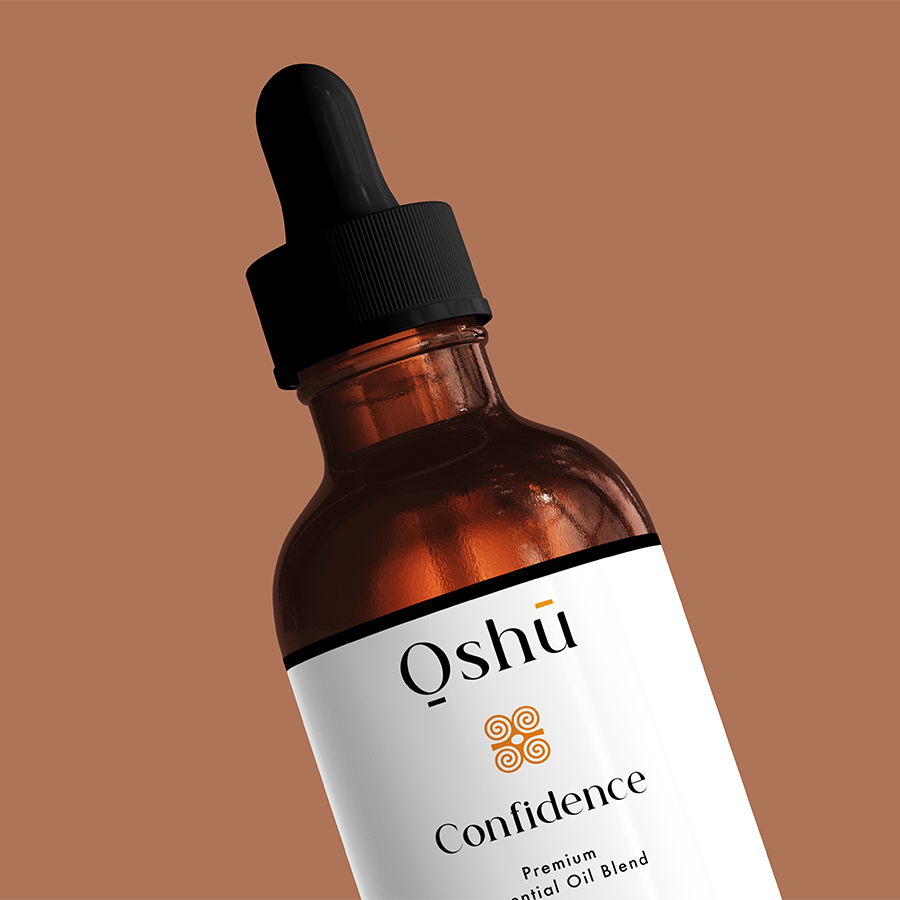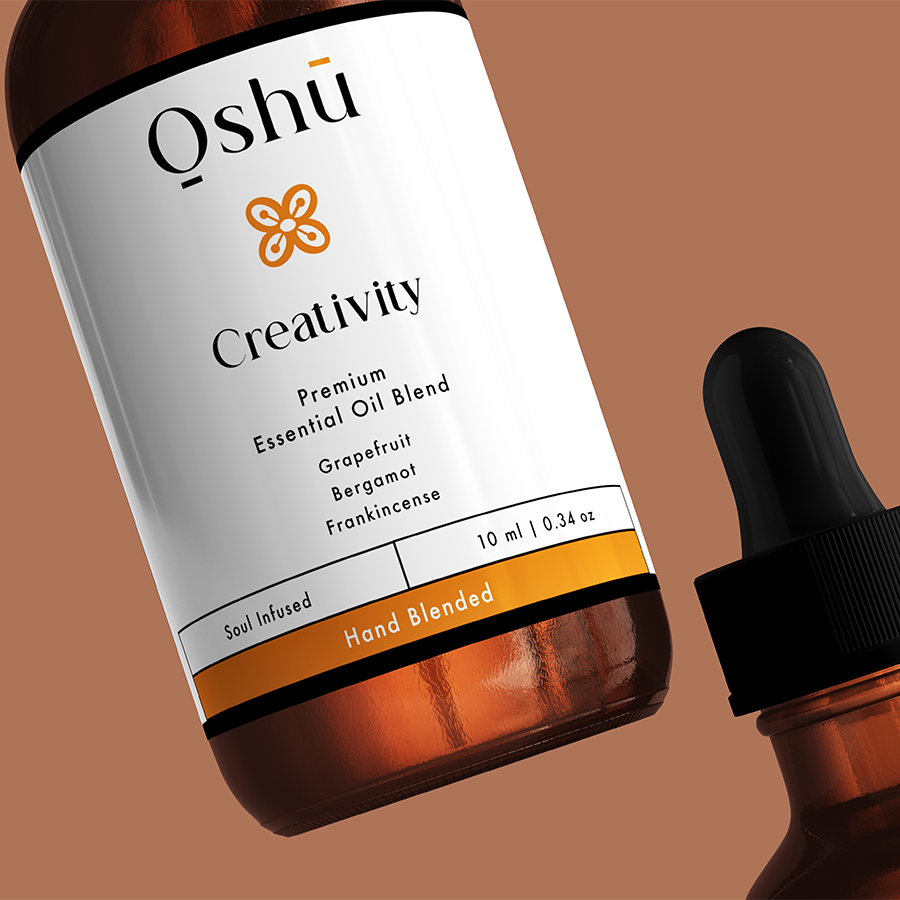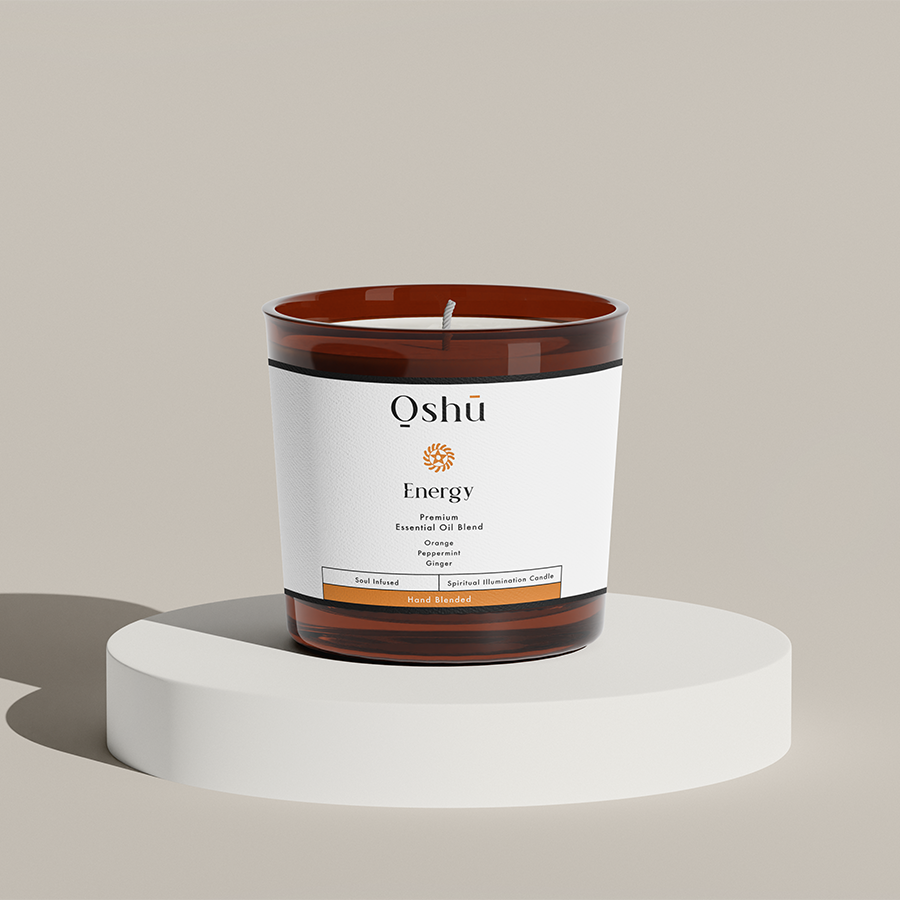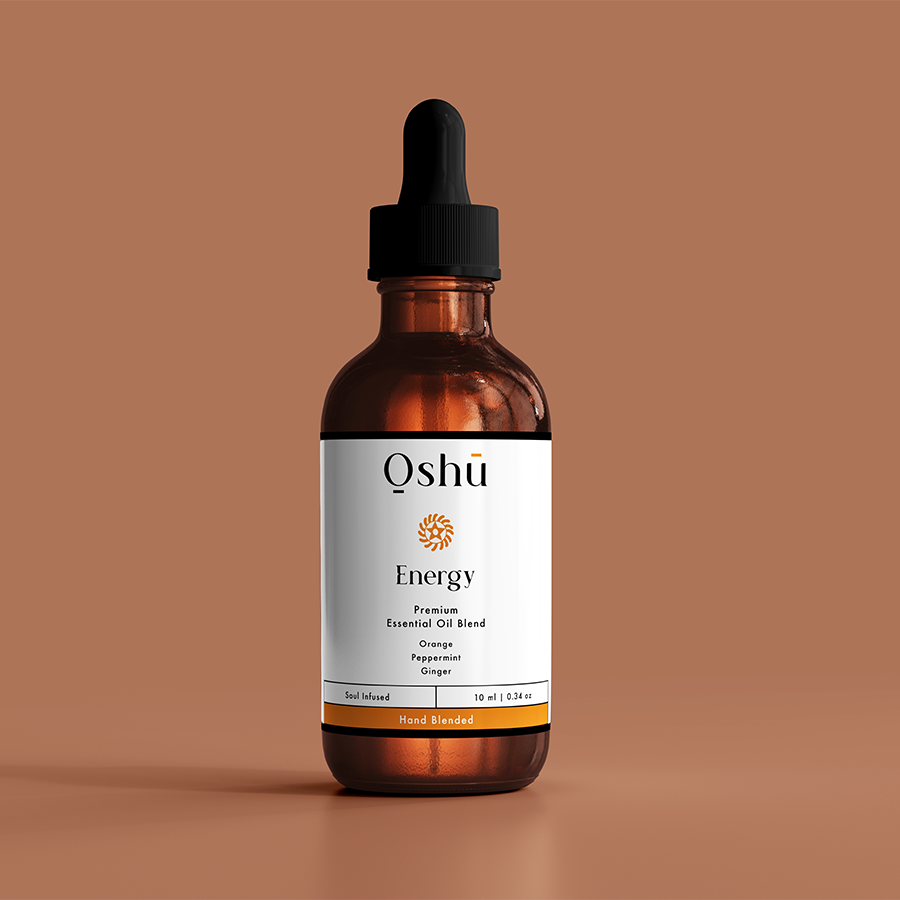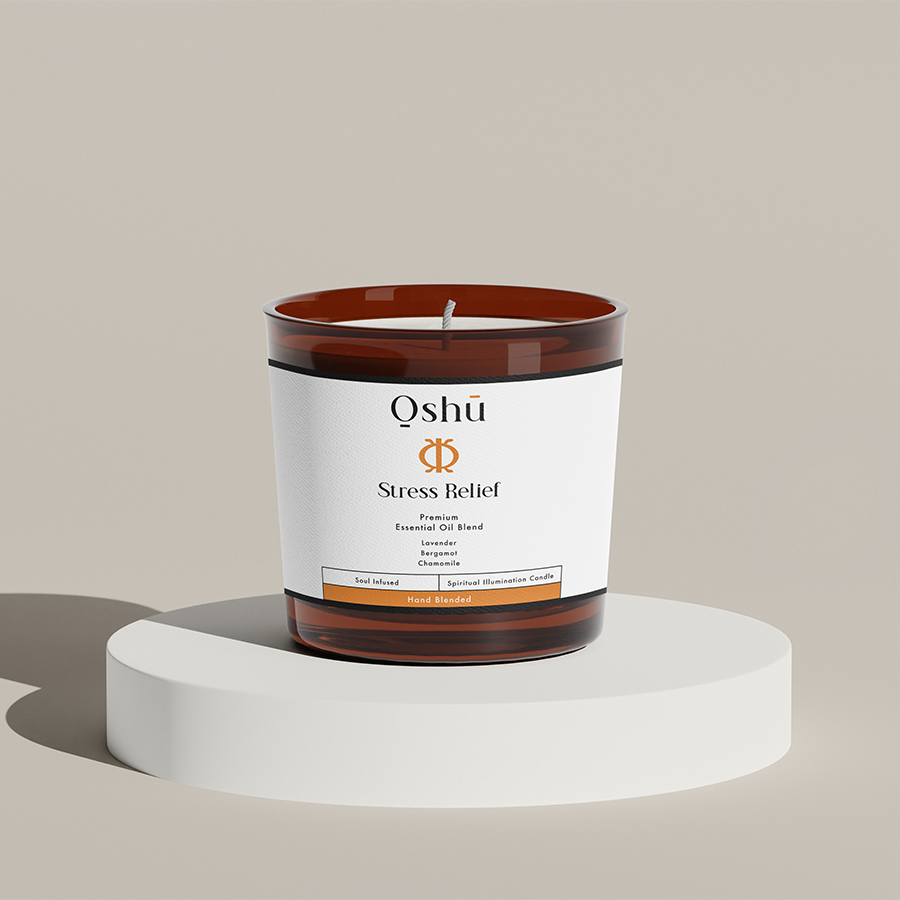Pain and inflammation are two interconnected bodily responses that can significantly impact our quality of life. Pain is an uncomfortable sensation that can range from mild to severe, while inflammation is a natural response to injury or infection that can lead to pain, swelling, and redness. Chronic pain and inflammation can be debilitating, affecting not only our physical health but also our mental and emotional well-being. As we explore the world of essential oils, it’s essential to understand the complexities of pain and inflammation to harness the therapeutic benefits of these natural wonders.
Table of Contents
The Science Behind Essential Oils and Pain Relief
Essential oils are concentrated plant extracts that contain potent compounds with therapeutic properties. When it comes to pain relief, certain essential oils have been shown to interact with the body’s pain pathways, reducing discomfort and inflammation. The science behind essential oils and pain relief lies in their ability to:
– Inhibit prostaglandins, which are pro-inflammatory compounds that contribute to pain and inflammation
– Interact with opioid receptors, reducing the perception of pain
– Affect the brain’s emotional response to pain, reducing anxiety and stress
– Provide anti-inflammatory and antioxidant properties, reducing oxidative stress and tissue damage
Top Essential Oils for Pain and Inflammation
While there are numerous essential oils that can provide relief from pain and inflammation, some stand out for their exceptional therapeutic properties. Here are the top essential oils for pain and inflammation:
– Frankincense: Known for its potent anti-inflammatory properties, frankincense oil can reduce pain and inflammation by inhibiting prostaglandins and leukotrienes.
– Peppermint: Peppermint oil’s cooling properties can help reduce pain and inflammation by numbing the affected area and improving circulation.
– Lavender: Lavender oil’s calming effects can help reduce anxiety and stress, which often accompany chronic pain and inflammation.
– Eucalyptus: Eucalyptus oil’s anti-inflammatory properties can help reduce swelling and pain, making it an excellent choice for joint and muscle pain.
– Wintergreen: Wintergreen oil contains methyl salicylate, a natural pain reliever similar to aspirin, which can help reduce pain and inflammation.
– Ginger: Ginger oil’s warming properties can help reduce pain and inflammation by improving circulation and reducing prostaglandins.
– Turmeric: Turmeric oil’s curcumin content provides potent anti-inflammatory and antioxidant properties, making it an excellent choice for reducing pain and inflammation.
– Helichrysum: Helichrysum oil’s anti-inflammatory properties can help reduce pain and inflammation by inhibiting prostaglandins and leukotrienes.
Methods of Using Essential Oils for Pain and Inflammation
Essential oils can be used in various ways to provide relief from pain and inflammation. Here are some effective methods:
– Topical Application: Mix a few drops of essential oil with a carrier oil (such as coconut or jojoba oil) and apply it to the affected area.
– Aromatherapy: Inhale the vapors of essential oils through steam inhalation, diffusers, or direct inhalation.
– Bath Soaks: Add essential oils to warm bath water to relax and reduce muscle tension.
– Massage Oils: Use essential oils as part of a massage oil blend to reduce pain and inflammation in specific areas.
Blending Essential Oils for Pain and Inflammation
Blending essential oils can create a synergistic effect, amplifying their therapeutic benefits. Here are some popular blends for pain and inflammation:
– Pain-Relieving Blend: Mix 2 drops of frankincense, 2 drops of peppermint, and 1 drop of lavender oil with a carrier oil for topical application.
– Inflammation-Reducing Blend: Blend 2 drops of turmeric, 2 drops of ginger, and 1 drop of helichrysum oil with a carrier oil for topical application.
– Relaxation Blend: Mix 2 drops of lavender, 2 drops of bergamot, and 1 drop of ylang-ylang oil with a carrier oil for aromatherapy or bath soaks.
Safety Precautions and Contraindications
While essential oils can be incredibly beneficial, it’s crucial to use them responsibly and with caution. Here are some safety precautions and contraindications to keep in mind:
– Always dilute essential oils with a carrier oil before topical application.
– Perform patch tests before using new essential oils.
– Avoid using essential oils on open wounds or sensitive areas.
– Consult with a healthcare professional before using essential oils, especially if you have a medical condition or are pregnant/breastfeeding.
Pain and inflammation are complex issues that require a multifaceted approach. Essential oils can be a valuable addition to your pain management toolkit, offering natural, non-invasive, and effective relief. By understanding the science behind essential oils and pain relief, selecting the right essential oils, and using them responsibly, you can harness the therapeutic benefits of these natural wonders. Remember to always consult with a healthcare professional before using essential oils, especially if you have a medical condition or are pregnant/breastfeeding. At Oshu Oils, we’re committed to providing you with the knowledge and resources you need to take control of your health and wellness journey.
Frequently Asked Questions
What are essential oils and how do they work for pain and inflammation?
Essential oils are highly concentrated plant extracts that have been used for centuries for their therapeutic benefits. They work by interacting with the body’s biochemistry to reduce pain and inflammation. When applied topically, inhaled, or ingested, essential oils can penetrate deep into the skin and tissues, reducing inflammation and pain by blocking pain receptors, reducing swelling, and promoting relaxation.
Which essential oils are best for pain relief?
Some of the most effective essential oils for pain relief include peppermint, eucalyptus, wintergreen, and frankincense. These oils have anti-inflammatory and analgesic properties that can help reduce pain and discomfort. However, it’s always best to consult with a healthcare professional before using essential oils for pain management.
Can essential oils replace prescription medication for pain?
No, essential oils should not be used as a replacement for prescription medication for pain. While essential oils can be a useful complementary therapy, they should not be relied upon as the sole treatment for chronic or severe pain. Always consult with a healthcare professional before using essential oils, especially if you’re taking medication or have a pre-existing medical condition.
How do I use essential oils for pain relief?
Essential oils can be used in a variety of ways for pain relief, including topical application, inhalation, and internal use. Topical application involves mixing a few drops of essential oil with a carrier oil and applying it to the affected area. Inhalation involves breathing in the vapor of the essential oil, either directly or through a diffuser. Internal use involves taking essential oils orally, but this should only be done under the guidance of a healthcare professional.
What is the best way to apply essential oils topically?
The best way to apply essential oils topically is to mix a few drops of the essential oil with a carrier oil, such as coconut or jojoba oil, and apply it to the affected area. The ratio of essential oil to carrier oil should be 1-3% essential oil to 97-99% carrier oil. Always perform a patch test before applying essential oils to ensure you don’t have any sensitivity or allergic reactions.
Can I use essential oils for chronic pain?
Yes, essential oils can be a useful complementary therapy for chronic pain management. However, it’s essential to consult with a healthcare professional before using essential oils, especially if you’re taking medication or have a pre-existing medical condition. Chronic pain requires a comprehensive treatment plan, and essential oils should be used in conjunction with other therapies, such as physical therapy, medication, and lifestyle changes.
Are essential oils safe for children and pets?
Essential oils can be safe for children and pets when used properly and under adult supervision. However, it’s essential to dilute essential oils with a carrier oil and use them in small amounts, as children and pets may be more sensitive to their potency. Always consult with a healthcare professional or a certified aromatherapist before using essential oils on children or pets.
Can I use essential oils during pregnancy or breastfeeding?
Some essential oils are safe to use during pregnancy and breastfeeding, while others should be avoided. Always consult with a healthcare professional or a certified aromatherapist before using essential oils during pregnancy or breastfeeding. Peppermint, lavender, and chamomile are generally considered safe, while clary sage, basil, and rosemary should be avoided.
What are the potential side effects of using essential oils for pain relief?
The potential side effects of using essential oils for pain relief include skin irritation, allergic reactions, and interactions with medication. Always perform a patch test before applying essential oils, and start with small amounts to test for sensitivity. If you experience any side effects, discontinue use and consult with a healthcare professional.
Can I use essential oils with other pain relief methods?
Yes, essential oils can be used in conjunction with other pain relief methods, such as physical therapy, acupuncture, and medication. Essential oils can enhance the effectiveness of these methods and provide additional pain relief. However, always consult with a healthcare professional before combining essential oils with other therapies.
How long does it take to see the effects of essential oils for pain relief?
The effects of essential oils for pain relief can vary depending on the individual, the type of oil used, and the method of application. Some people may experience immediate relief, while others may need to use essential oils consistently over a period of time to see results. Always be patient and consistent when using essential oils for pain relief.
Can I use essential oils for inflammatory conditions such as arthritis?
Yes, essential oils can be a useful complementary therapy for inflammatory conditions such as arthritis. Essential oils such as frankincense, turmeric, and ginger have anti-inflammatory properties that can help reduce inflammation and pain. However, always consult with a healthcare professional before using essential oils for inflammatory conditions.
What is the difference between essential oils and herbal supplements?
Essential oils are highly concentrated plant extracts that are used for their therapeutic benefits, while herbal supplements are dried or processed plant materials that are used for their nutritional value. Essential oils are typically used topically or inhaled, while herbal supplements are taken orally. Both can be useful for pain relief, but they should be used under the guidance of a healthcare professional.
Can I make my own essential oils at home?
While it’s possible to make your own essential oils at home, it’s not recommended. Essential oil production requires specialized equipment and expertise to ensure the oils are of high quality and safe to use. It’s best to purchase essential oils from reputable suppliers who adhere to strict quality control measures.
How do I store essential oils?
Essential oils should be stored in a cool, dark place, such as a cupboard or drawer. They should be kept away from direct sunlight, heat, and moisture, as these can cause the oils to degrade or oxidize. Always keep essential oils in their original packaging or in dark glass bottles with tight-fitting lids.
Can I use essential oils in cooking?
Some essential oils can be used in cooking, but it’s essential to use food-grade essential oils and follow proper safety guidelines. Essential oils can be used to add flavor and aroma to dishes, but they should be used in small amounts and diluted with a carrier oil to avoid overpowering the dish.
Are essential oils regulated by the FDA?
The FDA does not regulate essential oils as drugs, but they do regulate them as cosmetics and dietary supplements. Essential oil manufacturers are required to adhere to Good Manufacturing Practices (GMPs) to ensure the quality and safety of their products. However, it’s still important to choose reputable suppliers and follow proper safety guidelines when using essential oils.
Can I use essential oils for emotional pain and stress?
Yes, essential oils can be a useful complementary therapy for emotional pain and stress. Essential oils such as lavender, bergamot, and ylang-ylang have a calming effect on the mind and body, and can help reduce anxiety and stress. They can be used in a diffuser, applied topically, or inhaled directly to promote relaxation and emotional balance.
How do I choose a high-quality essential oil?
When choosing a high-quality essential oil, look for products that are certified organic, wildcrafted, or sustainably sourced. Check the label for the botanical name, country of origin, and extraction method. Reputable suppliers should provide this information and adhere to strict quality control measures. Always read reviews and do your research before purchasing essential oils.
Can I use essential oils for pain relief during exercise?
Yes, essential oils can be a useful complementary therapy for pain relief during exercise. Essential oils such as peppermint, eucalyptus, and wintergreen can be applied topically or inhaled before exercise to reduce pain and inflammation. They can also be used to promote recovery and reduce muscle soreness after exercise.
Are essential oils safe for people with certain medical conditions?
Essential oils can be safe for people with certain medical conditions, but it’s essential to consult with a healthcare professional before using them. People with epilepsy, high blood pressure, and certain allergies should use essential oils with caution. Always follow proper safety guidelines and consult with a healthcare professional before using essential oils, especially if you have a pre-existing medical condition.
Can I use essential oils in a humidifier?
Yes, essential oils can be used in a humidifier to promote relaxation and reduce pain. However, it’s essential to use a humidifier specifically designed for essential oils, and to follow the manufacturer’s instructions. Always dilute essential oils with water according to the manufacturer’s instructions to avoid overpowering the humidifier.




